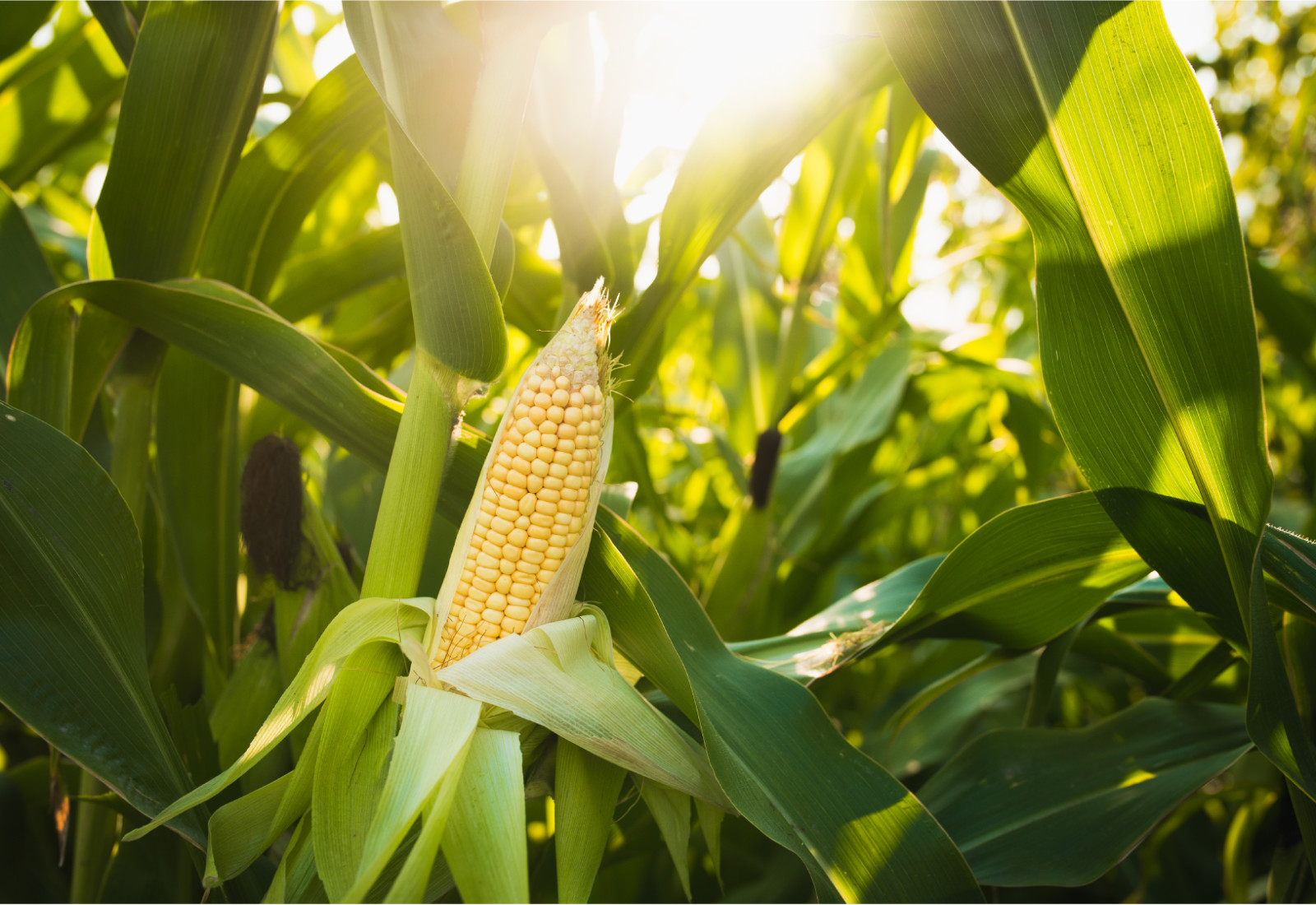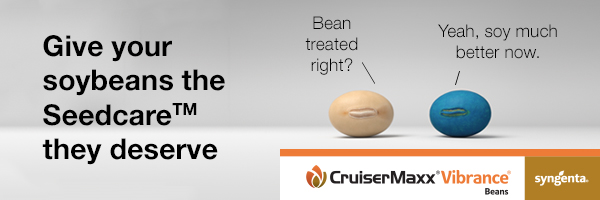Precision Planting for Corn

By Andrea Hilderman
Corn is a growing crop in Western Canada, making inroads and slowly expanding its footprint as earlier maturing hybrids become available. Corn does require some additional considerations over traditional small-seeded crops like cereals or canola. Planters, for example, are recommended for corn.
Consistent striving for greater yield and quality has led many stakeholders to embrace precision planting for corn. “The importance of the first pass – planting – has taken centre stage for many,” says Dieter Schwarz, Corn Product Line Manager at NorthStar Genetics. “Planting is the most critical operation that impacts final yield and quality.”
Jeremy Hughes, Product Manager at Horsch, agrees with Schwarz. “No matter if you’re planting in Manitoba, Fargo, or Mississippi, there is a window of opportunity to secure maximum yield potential for any spring-seeded crops of 10 to 14 days. It’s the most critical two-week window in any farming operation.” No matter the seeder used nor the fertilizer management protocols or anything else, if the crop is not seeded in the proper window, yield cannot be maximized.
According to Schwarz, using a drill to plant corn is best considered a controlled spill of seed. “Planters are precision tools designed for population sensitive crops like corn, to place each seed carefully in the exact right place in the field,” he explains. “I refer to the ideal corn spacing and subsequent emergence as a picket fence stand. That’s the goal.”
Before getting to planting, Schwarz advises growers to pay attention to seedbed preparation – especially growers who practise zero-till. “Residue management and creating a level seedbed is the key to preparing a surface the planter can travel over and lay seed in at a consistent depth.” Hughes agrees that ensuring the seedbed is prepared well is important, adding that not only residue needs to be considered but also any clogs or other obstacles that might cause uneven seed placement.

“Seeds should ideally all emerge within 72 hours of each other,” explains Schwarz. “This minimizes inter-plant competition and sets up for maximum yield. With even emergence and proper spacing, each plant has room to grow a proper root structure to quickly get the canopy maximized. I tell growers to think of those leaves as solar panels, each with the best sun exposure to photosynthesize and grow the plant.”
“Seedbed preparation is critical to seed placement,” echoes Hughes. “Planting into moisture at the optimum depth to promote rapid and even emergence will result in even development of the crop. Future crop health management interventions and even maturing for harvest are all influenced positively by successful planting.”
Precision planting means considering every aspect of the planting process, and pushing yields means managing every aspect well. “If you are gunning for a 200-bushel-per-acre crop, perfectly achievable in Manitoba, then the first thing is to consider plant populations and getting that right,” advises Schwarz. “Shoot for 34,000 plants to emerge – get that right and there’s two to four bushels per acre there.” Plant into soil that is 100C and rising, that’ll get you another four to ten bushels per acre. Achieving uniform emergence is another 10 to 18 bushels per acre, so slowing down the planter to ensure even spacing and depth is critical.” Schwarz adds that in Manitoba, seeding into proper soil temperatures needs to be juxtaposed to the risk of late frost. To mitigate that risk, he recommends planting at two inches ideally, no less, to protect the growing point from frost.
Getting the seeding rate right is key for corn to achieve yield potential. “Work with your agronomist to understand the ideal plant population recommended for the hybrids you are choosing for your farm,” says Schwarz. “From there, figuring out what you need to plant will be dependent on seed size. I strongly recommend not leaving this to chance.”
“Growers always go faster, but unless planting into an absolutely perfect seedbed, more is accomplished by moderating planting speed,” says Schwarz. “And get out of the tractor cab and see what’s happening behind you.”
Hughes, being a planter expert, puts a lot of emphasis on what he calls “furrow integrity” as another watch out to pushing yield thresholds. “Furrow integrity is dependent on seedbed preparation and planter adjustment,” he explains. “The biggest mistake I see is too much downforce on the row unit. This causes side-wall compaction, even smearing, and this inhibits root growth – and that can lead to very significant yield losses. There’s no magic way to assess this beyond getting out of the cab to look and get your hands into the soil.” Good furrow integrity leads to ideal seed-to-soil contact, access to moisture and nutrients and even seed emergence.
Precision planting is about getting a lot of things right. As Schwarz and Hughes illustrate, paying attention and sweating the “small stuff” can really go a long way to pushing corn yields to their maximum on your farm.


